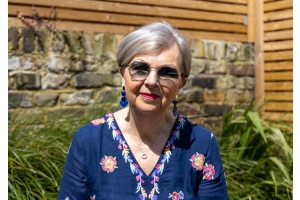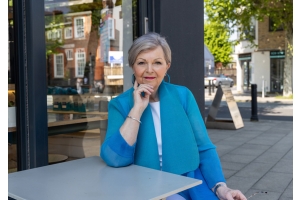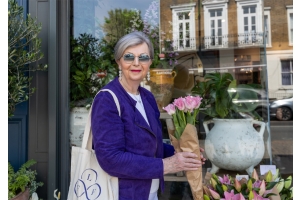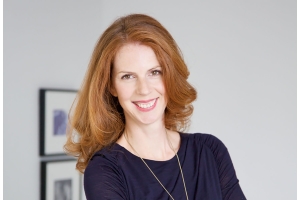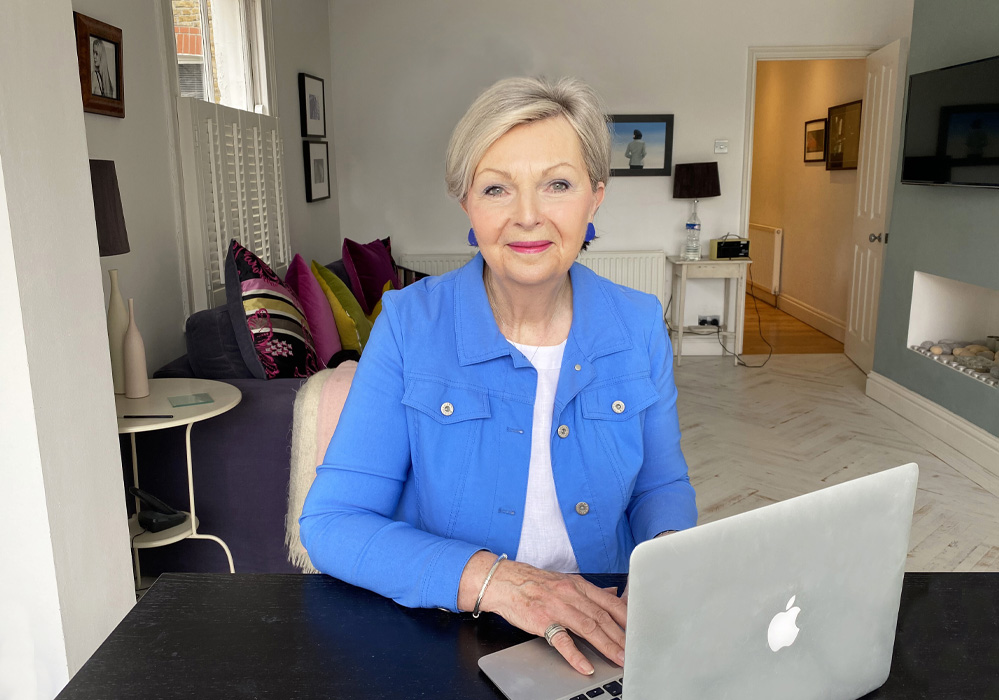
This week the NHS turned 75, the same age as me, and just like me, it’s showing some signs of wear and tear.
Still free at the point of use, but actually costing £152 billion a year of taxpayers money. Eulogised in the 2012 Olympic Opening Ceremony as an integral part of who we are as a nation, and literally applauded by us all in 2020 for an heroic response to Covid, yet now being castigated for ever-lengthening hospital waiting lists, the near impossibility of getting a GP appointment and for daring to strike to secure an inflation-proofed wage for its hard-pressed and exhausted doctors, nurses and paramedics.
I’m sure that everyone reading this in the UK will have their own stories about the NHS and many will be both positive and even adulatory.
I have mine, especially the time that my special granddaughter India spent many months in hospital, but it occurred to me that the evolution of the NHS over the past 75 years might be best reflected in the stories of three births that happened in my family in 1947,1974 and 2016.
The birth of my cousin Margaret in August 1947.
Before the NHS came into being in July 1948, everyone paid for their medical treatment and care for pregnant women depended on whether they could afford to pay trained midwives or doctors. Many gave birth at home or in nursing homes with little or no qualified medical assistance. In the first half of the twentieth century maternal death rates in the UK were very high at between 30 and 40 per 1000 live births, but they had dropped dramatically by the 1950s and continued to fall thanks to the vastly improved medical care now provided by the NHS and also with the introduction of freely available antibiotics.
My Aunt Mary was a fit and healthy 28 year old when she gave birth to my cousin Margaret, her third child in August 1947. A few days later, despite being in a small nursing home, she died of an undiagnosed deep vein thrombosis. I only have our family folklore as very unreliable evidence, but I suspect that this was a completely avoidable tragedy caused at best by medical ignorance and, at worst, by medical neglect. Mary’s untimely death left three motherless children under 5, and her DVT would be unheard of nowadays as a cause of maternal mortality. My mother, who was 4 months pregnant with me, looked after the newborn baby until I was born at home on Christmas Day 1947, when baby Margaret went next door to be cared for by my grandmother with her two siblings.
The birth of my daughter Anna in November 1974.
NHS maternity services were very well established when I became pregnant with Anna in 1974. We lived in Basingstoke and I was looked after antenatally by my GP practice and then gave birth in the local hospital, but within a GP-led unit. This meant that I would be attended by two qualified midwives for the birth in a hospital delivery suite, and in the event of any complications, I could be seen immediately by an obstetrician.
After Anna’s very easy and uneventful birth, my GP visited me and the baby on the postnatal ward where we both remained for a week. This prolonged stay was designed to give me time to rest and recover from the birth, to establish breastfeeding and to show me how to care for my new baby. At night Anna was placed with the other babies in a nursery and I was encouraged to sleep as much as possible. All of which was a luxury afforded me by the NHS which is now practically unheard of for a normal birth like the one I had with Anna nearly 50 years ago. Four years later I decided to have my second daughter, Suzy, at home. This. too, was facilitated by my excellent female GP who oversaw my ante-natal care in combination with community midwives and who visited me at home on the morning after the birth and during the immediate postnatal period.
The birth of my granddaughter Matilda in 2016.
My daughter Suzy was seen as an ‘at-risk’ mother when she was pregnant with her third baby in 2016. Four years previously she had undergone an emergency Caesarean section when eight months pregnant after a placental abruption. She subsequently gave birth to India, a baby with a rare chromosomal abnormality who had complex needs and required hospitalisation for ten months. During this third pregnancy, Suzy was under the care of a consultant midwife at St George’s Hospital in Tooting. She agreed with Suzy that an elective Caesarean section would be advisable given the complications of India’s birth, so Suzy was booked for this surgery on Friday 29th July as her due date was 3rd August.
But guess what? After waiting all day from 7.00 am, with nothing to eat or drink, Suzy and her husband Ben were sent home because a number of emergency C sections had knocked all elective surgery off the list. The best they could now offer was to return the following Wednesday, her due date. You can guess what happened next! Suzy went into labour and a C section was deemed inadvisable. Suzy’s experience on the busy labour ward with very hard-pressed midwives was far from ideal. As she was making no demands and no excessive noise (unlike the five other women), she was left to ‘get on with it’ and was actually fobbed off a couple of times when she asked them to call Ben to come back to the hospital. A midwife first examined her properly in the early hours of 3rd August, and was amazed to discover that she was almost fully dilated and not far off giving birth!
Happily Matilda was born safely and none of the feared consequences of a vaginal birth after a complicated Caesarean materialised. Suzy spent one more night in hospital but a request to take Matilda to a nursery so that she could get some much needed sleep, was refused. Again, care for her and the baby was minimal and she was just expected to ‘get on with it’. She was discharged from hospital a little over twenty-four hours after giving birth.
My intention in telling these three very different birth experiences over the past 75 years is to highlight both the best and the worst of what the NHS has been able to offer over that time. Without the birth of a universal ‘cradle to grave’ health care system provided at no cost at the point of use, it is doubtful that maternal mortality would have plummeted so rapidly as it did in the 1950s and 60s. Without it, there would have been many more tragedies of the sort that befell my aunt Mary (and her family).
And maybe I am looking back through rose-tinted glasses, but my two birth experiences in the 1970s felt close to the ideal. It was centred around my local GP practice where I was registered with a known, named family doctor. The care I received was aimed to provide safety, security and best possible long-term health outcomes for both me and my babies. It was concerned for our welfare both before, during and after the birth, and it provided a responsive service that felt personal, caring, concerned and fit for the purpose for which it was designed.
Nearly forty-five years later Suzy’s experience of giving birth at St George’s Hospital in 2016 was a reflection of an NHS in a permanent state of underfunding and crisis. The ante-natal plan that was designed to best protect Suzy and her unborn baby could not be delivered because there was insufficient capacity in the system to accommodate her needs. On the day she should have had her elective C section, there were too many women in urgent need of the care of too few obstetricians and all the other ancillary staff. When she went into labour, the midwives on her ward were under huge pressure, so Suzy was left to her own devices which could have had devastating consequences.
For much of the past 75 years, the NHS has been part of the fabric of my life. I remember the free orange juice which was doled out to us post-war kids to boost our immune systems, and the vaccination on a sugar lump which gave us protection from the truly dreadful disease of polio. If you had toothache, you went to the NHS dentist. Our family doctor held open surgeries in the morning and then did house calls in the afternoon for those too ill to leave their sick bed. There was an out of hours number for emergencies with a ‘duty doctor on call’ which I telephoned in the very early hours of the morning in March,1989 when my mother was dying of cancer. The local GP, who knew our family well, came within 20 minutes and administered not only morphine but also words of comfort and compassion. The NHS was a true ‘cradle to grave’ health care system.
Sorry for this massive dose of nostalgia, but sometimes I think we forget all that we once took for granted from our NHS. In comparison with other G7 countries we are currently near the bottom in terms of health outcomes for cancer, stroke and heart disease. And, most worryingly, maternal mortality is also on the rise again in the UK in a way that isn’t happening in other comparable countries. But then we are also well down the league table when it comes to spending per capita on health care. For instance, Germany spends £4,432 per person compared to our £2,989.
‘You pays your money and you takes your chance’, or should that be: “You pays your money and takes your choice’. I’m never sure, but give me choice over chance every time, especially when it comes to health.
Tricia x
Watch Our Latest Video...
Sue's Heat Proof Makeup Tutorial
Our lovely ambassador Sue shows you how to keep your makeup on all day in the hot, summer months using our 3 incredible primers...





